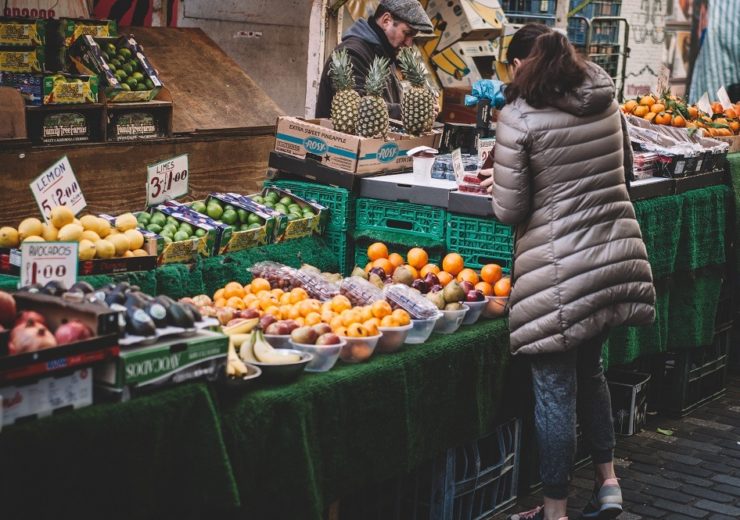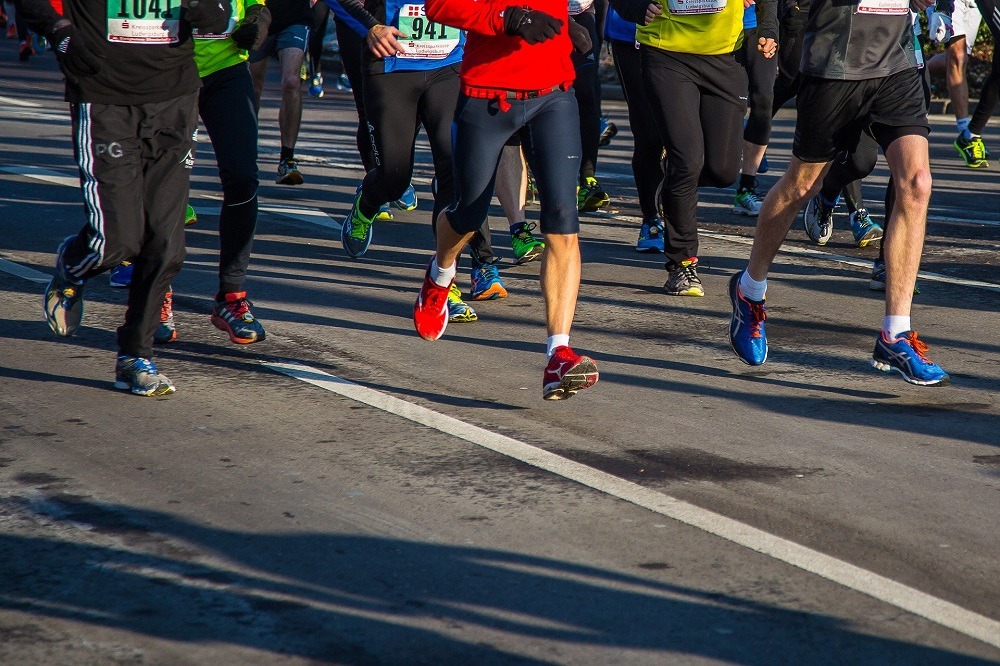The labelling – detailing how much physical activity was required to burn off energy from the food – resulted in the consumption of up 80 to 100 fewer calories

Results of the review showed that when the physical activity labels were used, products with significantly fewer calories were selected (Credit: Pexels)
Labelling food and drinks with the amount of physical activity needed to burn off calories consumed could lead to ‘healthier’ dietary choices, according to research led by Loughborough University.
Known as physical activity calorie equivalent (PACE) labelling, it aims to show how many minutes or miles of physical activity are needed to burn off calories for the individual product.
The research calculated that if PACE labelling was widely applied, people could cut their daily intake by up to 200.
Loughborough University professor Amanda Daley, who led the research team, said: “The evidence shows that even a relatively small reduction in daily calorie intake (100 calories) combined with a sustained increase in physical activity is likely to be good for health and could help curb obesity at the population level.
“PACE labelling may help people achieve this.
“It is a simple strategy that could be easily included on food/drinks packaging by manufacturers, on shelving price labels in supermarkets, and/or in menus in restaurants/fast-food outlets.
“Public health agencies may want to consider the possibility of including policies to promote it as a strategy that contributes to the prevention and treatment of obesity and related diseases.”
PACE labelling on items sees ‘consumers purchase products with significantly fewer calories’
For the research, which was published in the Journal of Epidemiology and Community Health, the project team examined research databases that compared PACE labelling with other types of food labelling.
The researchers, from the universities of Loughborough, East Anglia, and Birmingham, were investigating the potential impact on the selection, purchase or consumption of food and drink products from different systems, excluding alcohol.
They found 15 relevant randomised controlled studies, pooling data from 14 of them.
Results of the study showed that, when PACE labelling was displayed on food and drink items and menus, products with significantly fewer calories — around 65 less per meal — were selected.
The system was also associated with the consumption of around 80 to 100 fewer calories when compared with no food labelling and other alternatives.
Based upon the review, it equates to an average consumption of three meals a day plus two snacks, resulting in a potential cut of around 200 calories off the daily intake.

In 2016, independent charity the Royal Society for Public Health (RSPH) published a position paper supporting the introduction of the system.
It found that, after consumers viewed the PACE labels compared as an alternative to the current traffic light front-of-pack information, people were more than three times more likely to undertake physical activity.
Reacting to the latest research, RSPH deputy chief executive Ducan Stephenson said: “We welcome this new research, which builds the case for introducing activity-equivalent food labelling.
| Food item | Calories | Run off | Walk off |
| Can of sugary drink | 138 | 13 mins | 26 mins |
| Bowl of cereal | 172 | 16 mins | 31 mins |
| Chocolate bar | 229 | 22 mins | 42 mins |
| Packet of crisps | 171 | 16 mins | 31 mins |
| Chicken bacon sandwich | 445 | 42 mins | 1hr 22 mins |
| Source: BBC |
“Our own research showed that using this type of labelling did make people think twice about the calories they were consuming, and when compared with other forms of labelling, people were over three times more likely to indicate that they would undertake physical activity.
“This type of labelling really does put an individual’s calorie consumption in the context of energy expenditure, and knowing how out of kilter we sometimes are, this partly explains the record levels of obesity we face.
“We would like to see further research to test if the effect on calorie consumption is sustained when PACE labelling is applied in other settings such as restaurants and supermarkets.
“Although the difference PACE labelling makes may seem small, these small changes can make a big overall difference to calorie consumption, and ultimately weight gain.”
The researchers have cautioned that the number of included studies was small, initialling varying design systems.
Alongside this, most of the studies were not carried out in real-life settings, such as restaurants or supermarkets.
